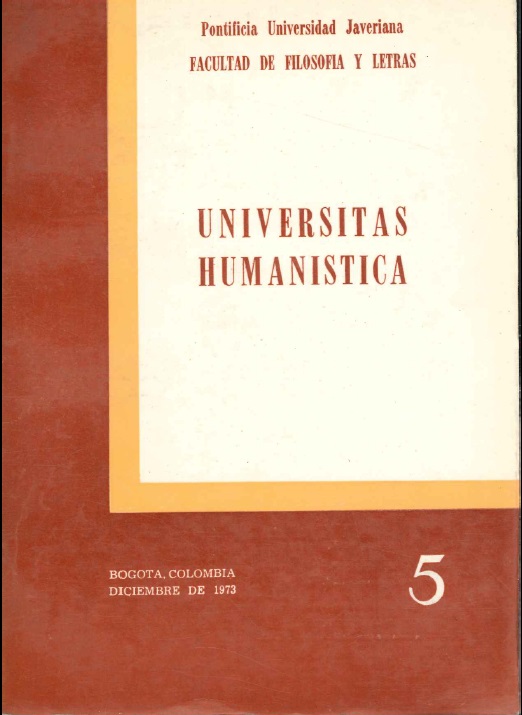Abstract
García Márquez, a pesar de sus salidas en falso como político, y de sus desplantes frente a quienes coronan sus méritos como escritor sigue siendo impacto en la Literatura y expectativa para el Continente por su producción, a partir de "100 Años de Soledad".
Sus cuentos son una palestra de entrenamiento para sus grandesobras. Allí muestra de qué es capaz este Blacamán, cuya obra es un
prodigio que se renueva en cada creación. Las rosas, símbolo de su
concepto estético, imposibles en el desierto salitroso, perfuman y flo-
recen con la ironía de su propia belleza. Son esperanza para el Rosal
del Virrey o el Promontorio de las Rosas, frente al mar estéril y en
una tierra yerma, donde por contraste florecerán las mujeres más
hermosas dé la tierra.

This journal provides immediate open access to its content on the principle that making research freely available to the public, encourages greater global exchange of knowledge.
The journal Universitas Humanística is registered under a Creative Commons Attribution 4.0 International Public License. Thus, this work may be reproduced, distributed, and publicly shared in digital format, as long as the names of the authors and Pontificia Universidad Javeriana are acknowledged. Others are allowed to quote, adapt, transform, auto-archive, republish, and create based on this material, for any purpose (even commercial ones), provided the authorship is duly acknowledged, a link to the original work is provided, and it is specified if changes have been made. Pontificia Universidad Javeriana does not hold the rights of published works and the authors are solely responsible for the contents of their works; they keep the moral, intellectual, privacy, and publicity rights.
Approving the intervention of the work (review, copy-editing, translation, layout) and the following outreach, are granted through an use license and not through an assignment of rights. This means the journal and Pontificia Universidad Javeriana cannot be held responsible for any ethical malpractice by the authors. As a consequence of the protection granted by the use license, the journal is not required to publish recantations or modify information already published, unless the errata stems from the editorial management process. Publishing contents in this journal does not generate royalties for contributors.


